(ECNS) -- China drilled its first ultra-deep scientific exploration well to a depth of 10,910 meters on Jan. 5 in the Tarim Basin of the Xinjiang Uyghur Autonomous Region, setting a record as Asia’s deepest and the world’s second-deepest vertical well.
During the drilling, the well "Shenditake 1" penetrated 12 different lithological and pressure systems including Cambrian strata, making it a “telescope” for exploring Earth's deep interior dating back 540 million years.

Wang Chunsheng, chief expert of Tarim Oilfield and director of "Shenditake 1", said that below 9,000 meters, there were no technical parameters to refer to. Every additional meter drilled felt like carving a path through uncharted territory.
At 10,000 meters below the surface, the well walls resemble an ant nest. The wellbore is connected from top to bottom by over 1,130 drill pipes, weighing more than 350 metric tons in total.
The thinnest is only the size of the lip of a cup, and at 10,000 meters, these pipes could become as soft as noodles, posing a high risk of breakage.
In the face of these challenges, China assembled a research team, relying on its own strength to achieve a new milestone in "China’s Depth."
On March 4, 2024, "Shenditake 1" successfully broke through the 10,000-meter mark, setting a new record.
On Sept. 27, 2024, a rock core sample was drilled out from a depth of 10,041.5 meters. Tan Junping, wellsite geological supervisor, touched the gray dolomite, still retaining the 50°C residual heat from the depths of the Earth.
Tan felt incredibly proud of being able to touch and study rocks from the Cambrian period 540 million years ago.
Good news continues to emerge about 10,000 meters underground. Natural gas have been detected in the ultra-deep layers, with high-quality source rocks, which can generate oil or gas, uncovered between 10,851 and 10,910 meters, marking the world's such discovery below 10,000 meters.
The Tarim Basin, abundant in oil and gas resources, is the world's only major basin primarily focused on deep and ultra-deep resource exploration, facing world-class challenges.
Tan and many young professionals have grown up alongside China's ultra-deep oil and gas exploration efforts.
After graduating from Southwest Petroleum University in 2008, Tan participated in drilling Keshen-7 Well, which reached a depth of 8,023 meters.
Today, as the main force of China’s deep earth sci-tech strategy, Tarim Oilfield has successfully drilled 191 wells deeper than 8,000 meters, with an annual ultra-deep oil and gas production of 20.47 million metric tons, making it the country’s largest ultra-deep oil and gas production base.








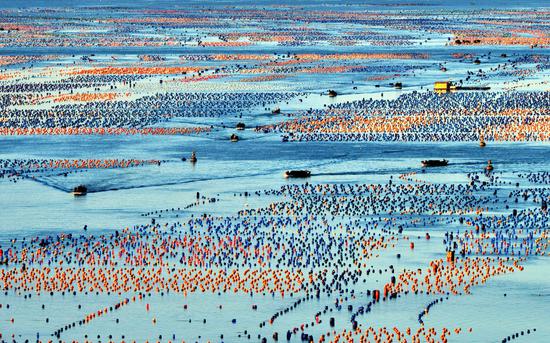
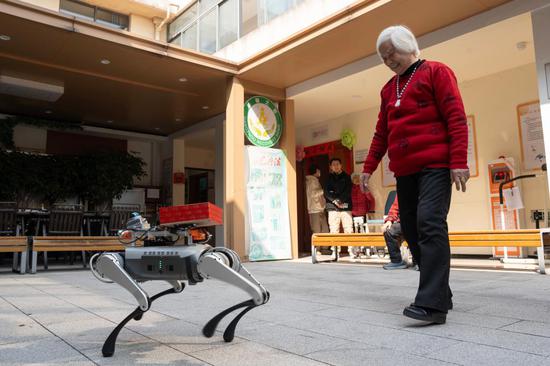


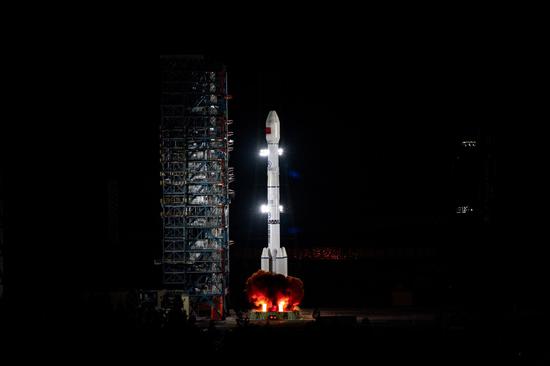



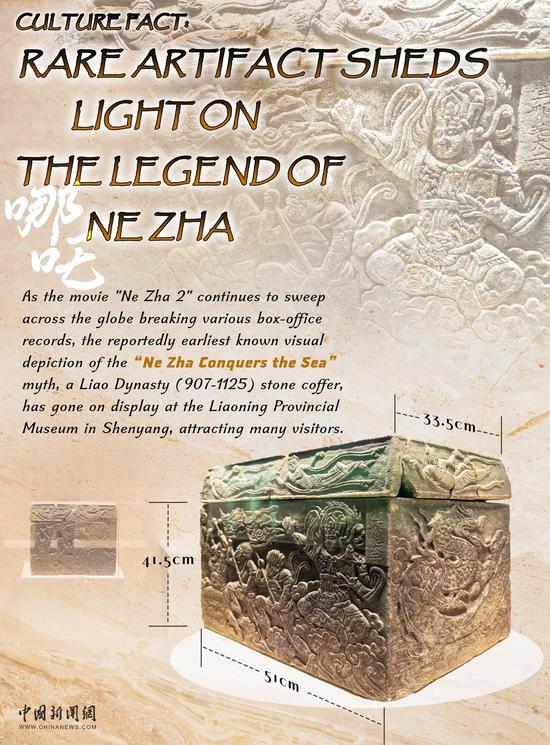
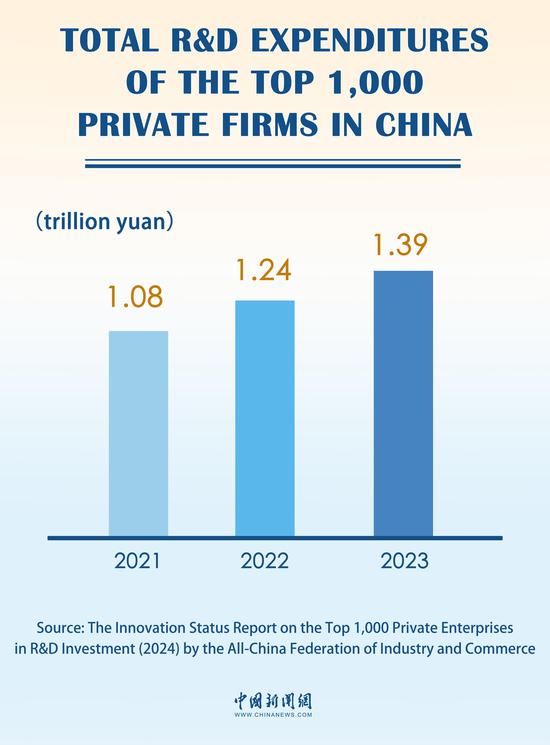
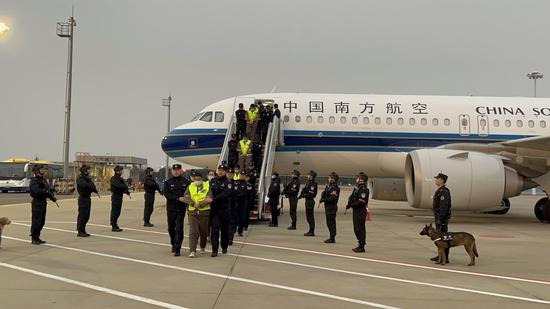



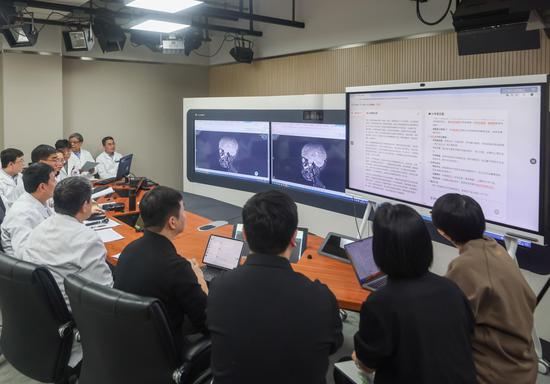
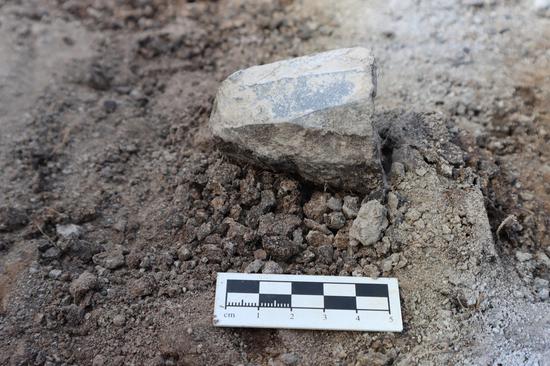




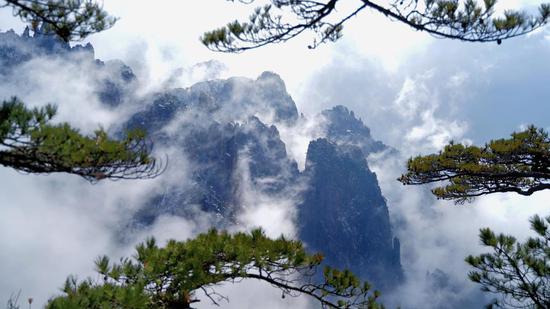

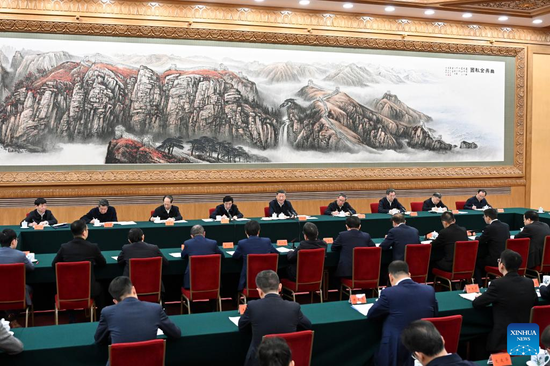





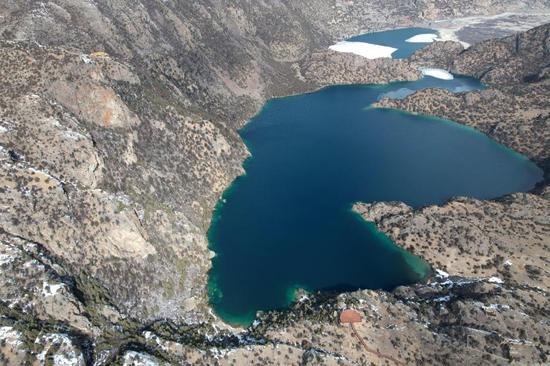
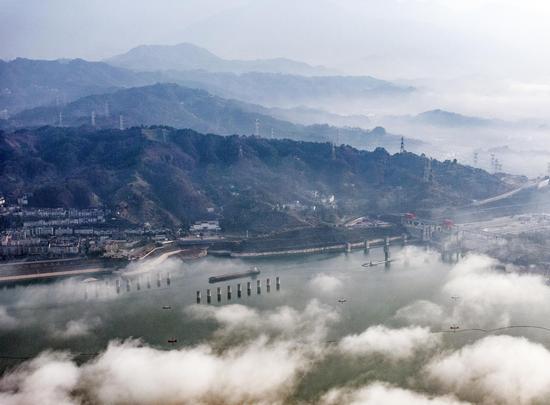








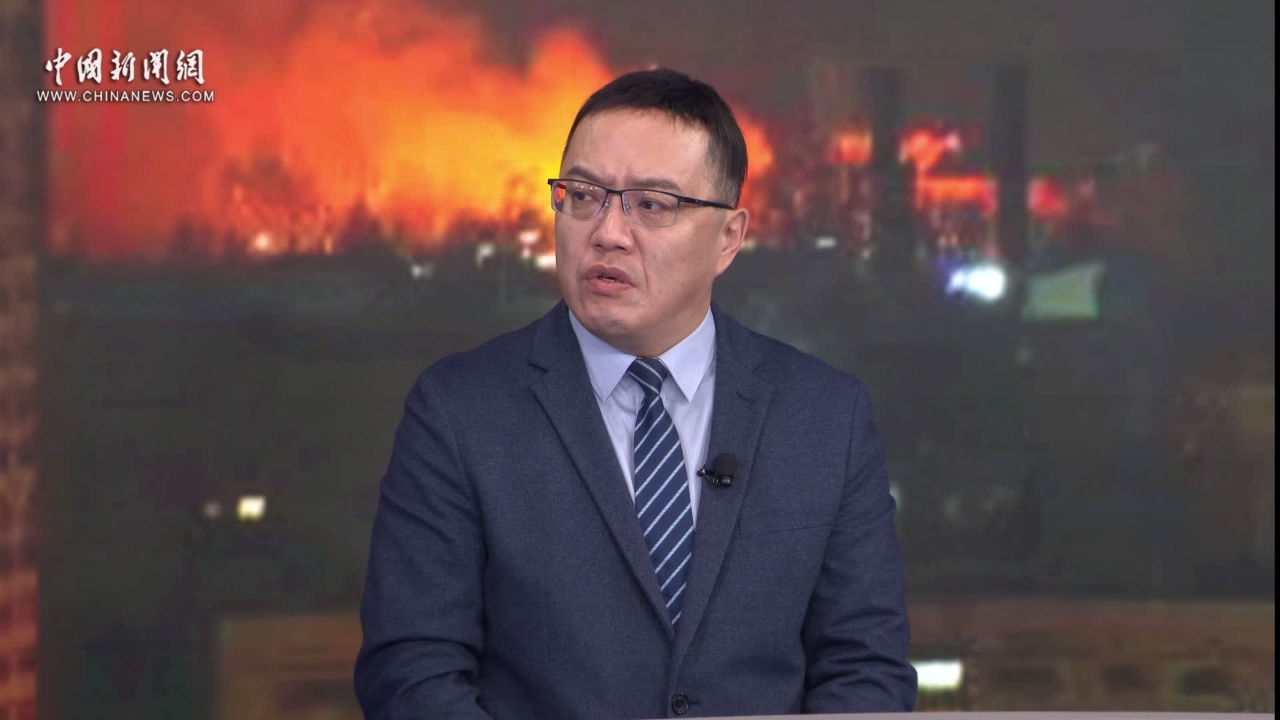



 京公網安備 11010202009201號
京公網安備 11010202009201號